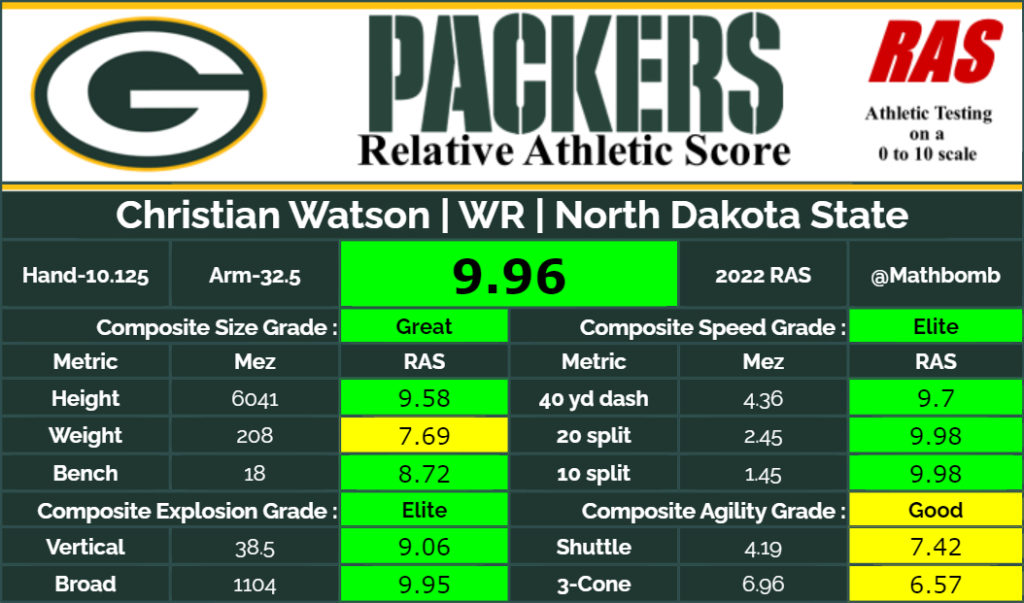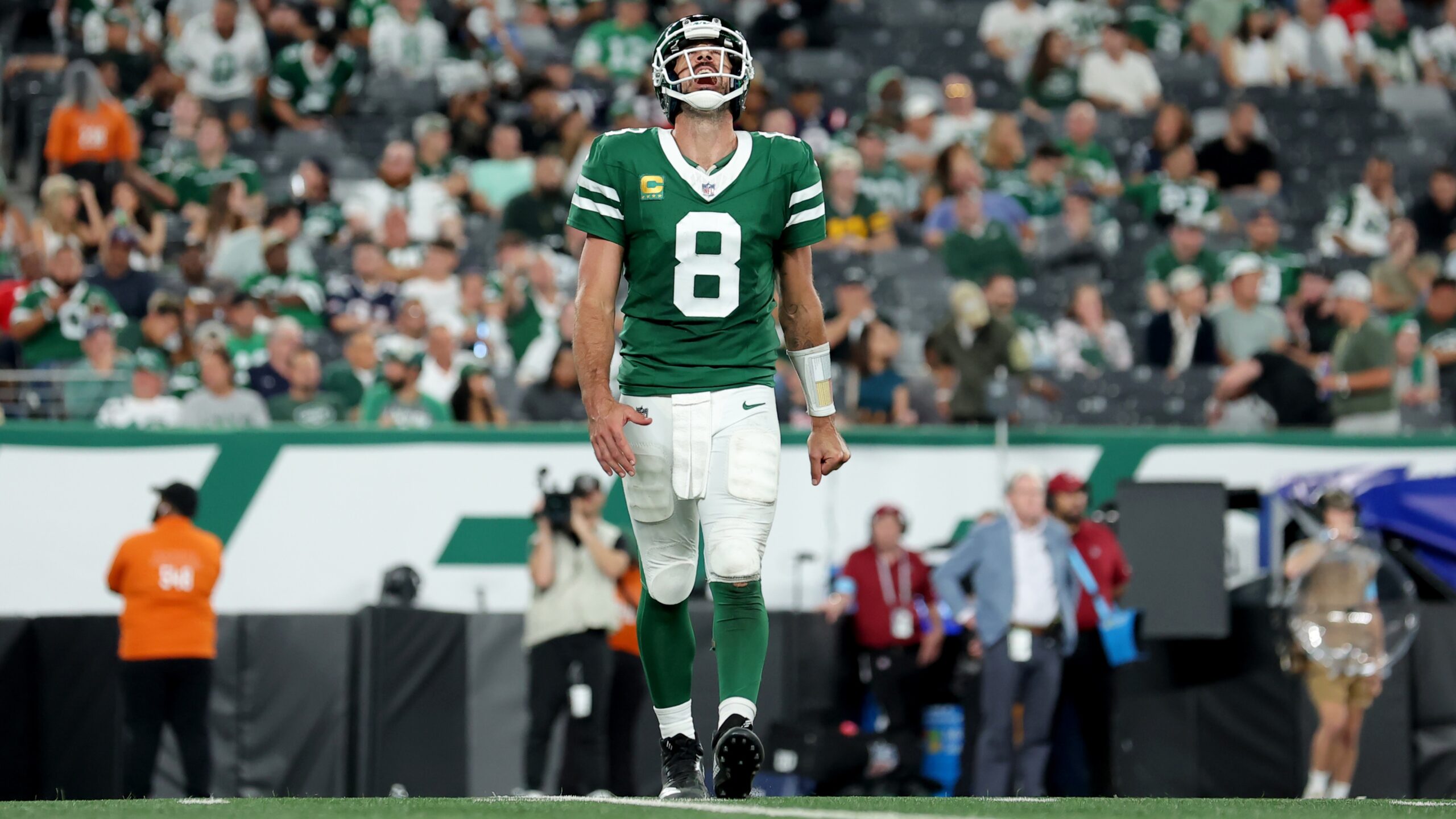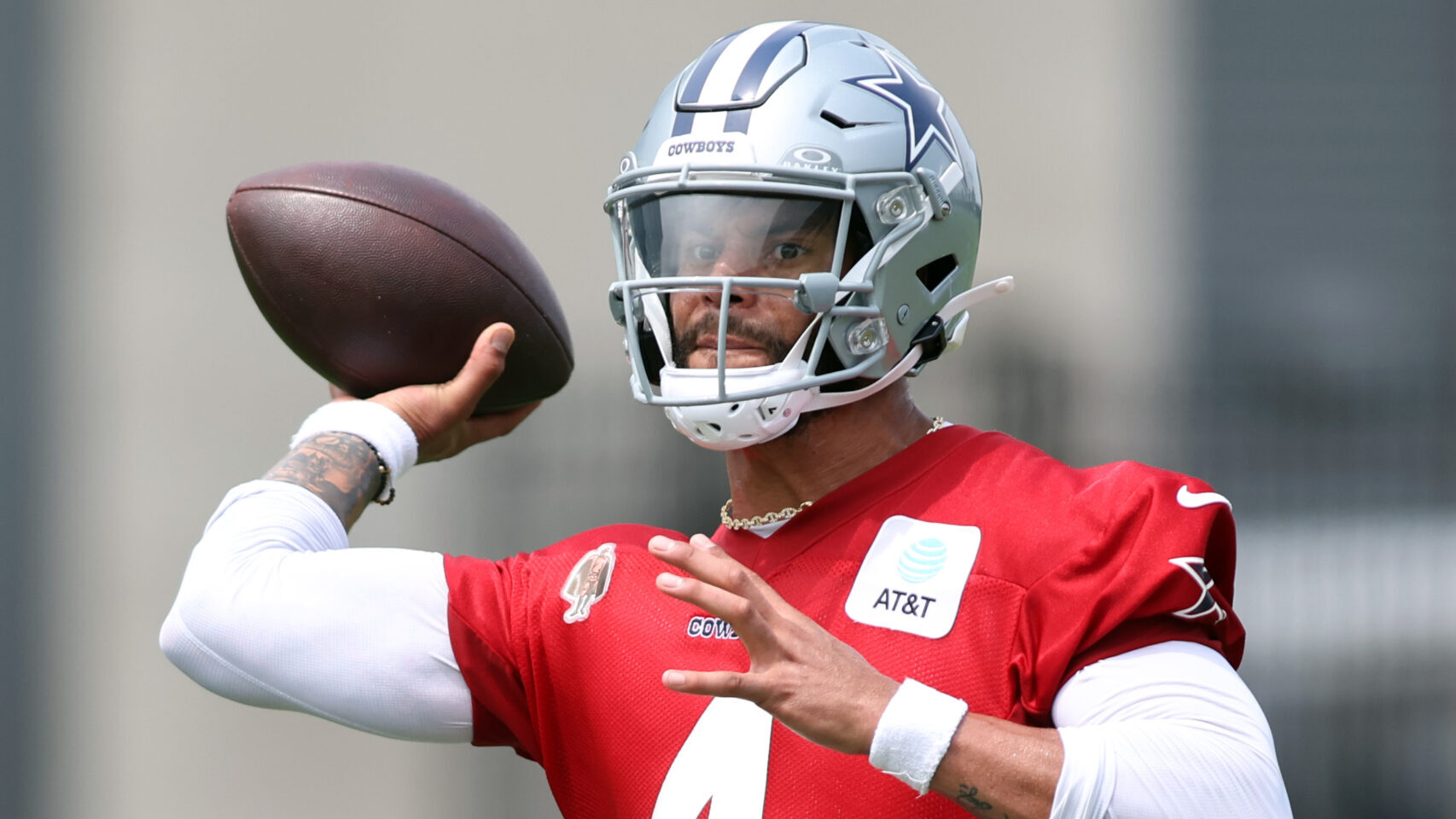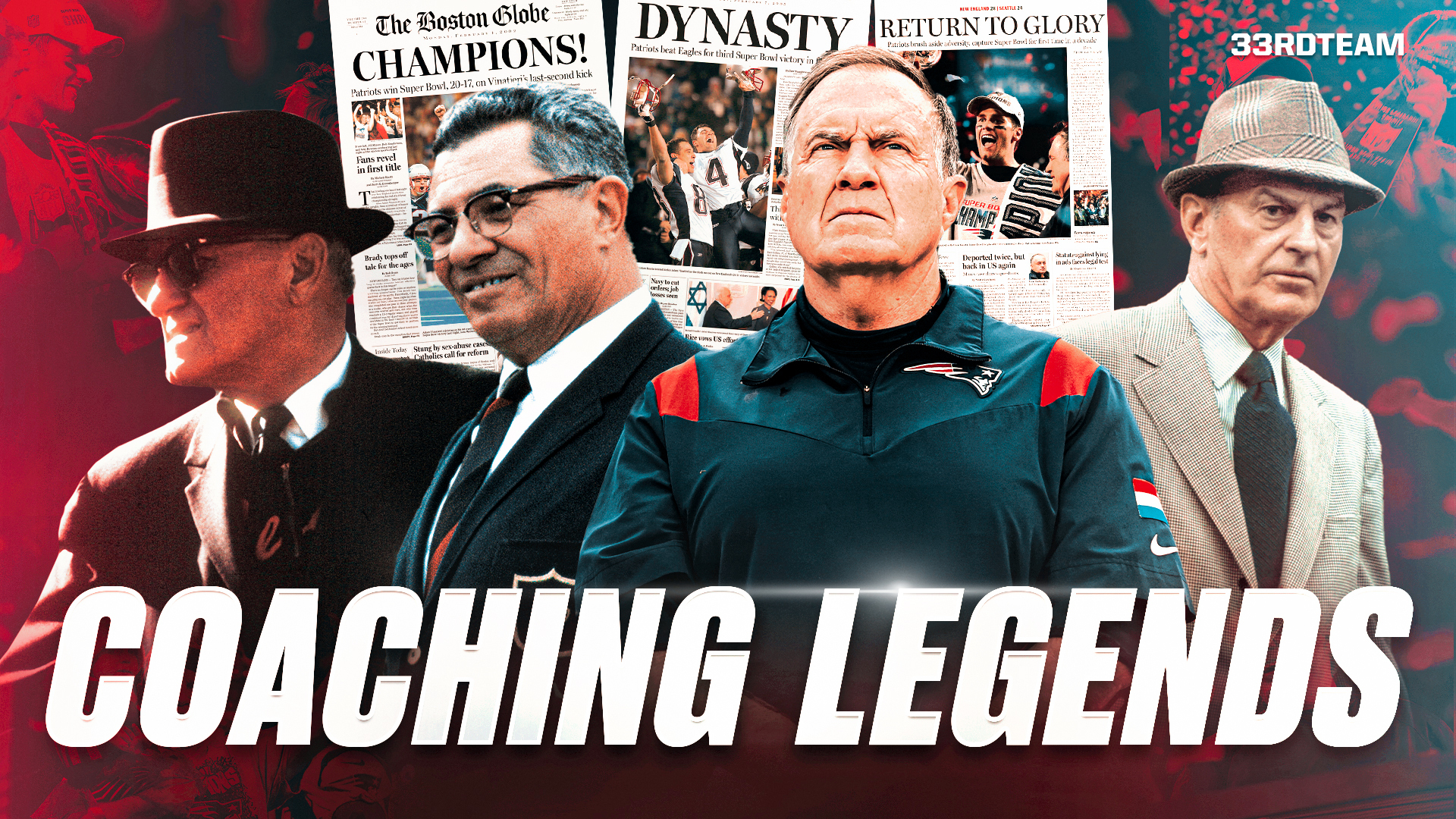Analysis
5/5/22
7 min read
Rookies Replacing Stars — Is 2022 Draft a Litmus Test for Wide Receiver Trend?
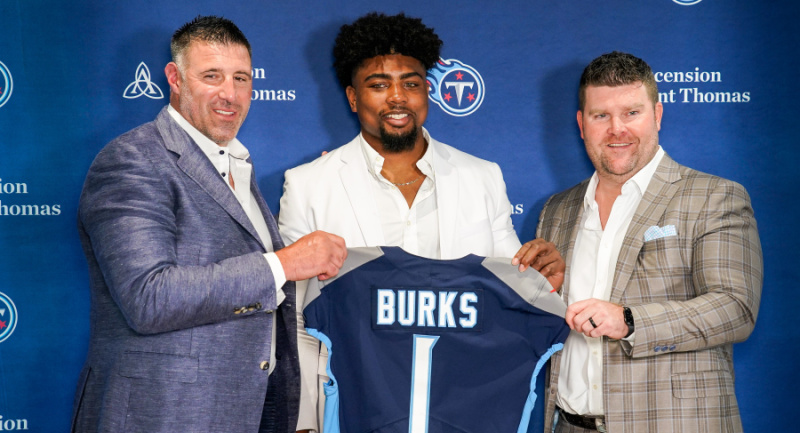
While the 2022 Draft class may not have been as strong as its predecessor, the depth and quality of this year's wide receiver class was reflected by the speed with which they flew off their board. Six went in round one and 17 were selected within the first three rounds.
The influx of receiving talent coming into the NFL from the college game shows no sign of slowing down and is clearly influencing the decision-making of front offices in the league when they are faced with the prospect of giving a lucrative contract to a star wideout.
Though the Packers are something of an exception as they were prepared to pay Davante Adams, Green Bay, the Kansas City Chiefs, and – on draft night – the Tennessee Titans all elected to trade a top receiver seeking a new contract and at least in part fill the void by taking a wideout in the draft.
Christian Watson and Romeo Doubs went to Green Bay in the second and fourth round respectively, while the Chiefs picked Skyy Moore in the second after dealing Tyreek Hill to the Miami Dolphins earlier in the offseason. Tennessee made a blockbuster trade with the Eagles that saw A.J. Brown land in Philadelphia, with the Titans then immediately taking Treylon Burks with the 18th overall pick they received in the deal.
The San Francisco 49ers bucked the trend by refusing to move Deebo Samuel despite his trade request but, given the success rookie receivers have consistently enjoyed in recent times, it's easy to see a trend of teams deciding against paying established wideouts and putting their faith in a rookie being one that sticks.
With three contending teams taking that course of action, could the 2022 draft serve as a litmus test for an approach to team building at wide receiver that seems to be gaining increasing popularity?
Jefferson the inspiration
The past decade has been extremely profitable for rookie receivers entering the NFL.
Only three seasons in the 2010s (2011, 2017 and 2018) did not feature a 1,000-yard rookie receiver. Three rookies have reached that landmark in the past two seasons as Justin Jefferson, Ja'Marr Chase and Jaylen Waddle all surpassed four figures, with Jefferson and Chase breaking the rookie record for receiving yards in back-to-back years.
It is the impact of Jefferson, however, that teams may be seen as trying to replicate.
The Minnesota Vikings traded Stefon Diggs to the Buffalo Bills for the 22nd overall pick in the 2020 draft and used that selection on Jefferson. In his first two seasons in the NFL, Jefferson has compiled 3,016 receiving yards, more than any other wideout in the league.
Yet the swap of Diggs for Jefferson was what is known in British soccer parlance as a 'like-for-like substitution'. In essence, the Vikings were replacing Diggs with a receiver in the same mold, with both Diggs and Jefferson winning primarily because of their proficiency as route-runners.
That is not what is happening in Green Bay or Kansas City.
Packers & Chiefs mix it up
Even if there had not been a run on receivers in the first round to take the likes of Garrett Wilson and Chris Olave out of their reach, the Packers would not have found a wideout to replace the outsize impact Adams had on the offense during his time in Green Bay.
The receivers they selected are a stark departure from Adams, with Watson and Doubs two prospects who boast both size and speed but require refinement as route-runners. Watson had the highest Relative Athletic Score (9.96) of any receiver in the draft while Doubs averaged 14.8 yards per reception and scored 26 touchdowns at 6ft 2in and 200 pounds for Nevada.
Simply put, they are athletic big-play threats who can offer significant downfield upside to an offense that has rarely lacked explosiveness.
However, with the time it may take for them to realize that potential, the Packers – at least in the immediate future – are likely to be more reliant on Aaron Rodgers to elevate those around him and a defense that is unquestionably improved to do more of the heavy lifting.
Though Quay Walker may have been a reach at 22 overall, his addition and that of Devonte Wyatt – the top defensive tackle on The 33rd Team Big Board – should strengthen the spine of the Packers' defense, which has more depth on the edge after they snagged Kingsley Enagbare (81st on the Big Board) with the 179th pick.
Kansas City's plan of attack on offense also figures to be different in 2022.
Indeed, with Moore an excellent fit as a slot receiver but not a candidate to burn defenders on deep routes, the Chiefs may well go downfield less frequently in the coming campaign.
Save for the 2019 season in which he missed a pair of regular-season games due to a knee injury, Patrick Mahomes has finished in the top 10 for attempts of 20 air yards or more in every year since becoming the Chiefs' starter, per FantasyPros.
Though Marquez Valdes-Scantling and Mecole Hardman possess deep speed, a decline in the Chiefs' downfield aggressiveness could be in the offing with Moore better suited to helping Kansas City's short and intermediate passing game and Valdes-Scantling possessing the physicality to boost the running game.
With Hill leaving and Moore and Valdes-Scantling entering the fray, on the offensive side of the ball the Chiefs' offseason appeared to be one geared towards giving them more answers to the two-high defenses that last season had success in limiting their explosive plays.
Their receiver moves were not made with a view to replacing Hill, with the Titans the only one of the three teams to trade their top wideout to acquire anything close to a 'like-for-like' replacement.
Let's get physical
The receiver Burks was often compared to during the pre-draft process was departed Titans star Brown. Their body types are extremely similar, Burks is 6ft 2in and 225 pounds while Brown is 6ft 1in and 226 pounds.
However, Brown entered the NFL as a much more refined route-runner than Burks, who won at Arkansas due to his physicality and body control.
Brown's receiving influence, which has seen 134 of his 185 receptions over the last three seasons go for a first down, will therefore be difficult for Burks to replicate right off the bat. What he can ensure is that the Titans retain the physical approach that has defined their success under Mike Vrabel.
Burks, who carried the ball 38 times in college, should get the chance to do so in Tennessee more regularly than Brown, who has just five career rushing attempts to his name and is a candidate to receive screen passes and other targets that are essentially an extension of the run game.
Among Burks' closest comparisons as a ball-carrier on Mock Draftable is Pittsburgh Steelers running back Najee Harris. Adding him to an offense that already features Derrick Henry should boost the Titans' hopes of physically wearing down opponents regardless of whether Burks does so as a receiver out of the backfield.
How the Titans perform in that regard may offer the best short-term assessment of the Titans' decision-making in swapping Brown for Burks.
With none of the rookie receivers joining the offenses that recently lost top-tier wideouts possessing the technical skills with which Jefferson entered the league, anticipating them to have anywhere close to the same impact is ambitious.
As such, teams pondering a similar move in the future and hoping for a Jefferson-level of production shouldn't view the 2022 performances of the Packers, Chiefs and Titans as litmus tests.
No two offenses are the same and each of these three teams will adapt to the major changes to their pass-catching personnel in different ways. Rather than judging their offseason wideout trades and subsequent investments in rookie replacements on receiving production, they are best viewed through the prism of the success of those adjustments.
The Packers, Chiefs and Titans will all have a slightly unfamiliar look on offense in 2022. Yet if those attacks are still productive after each suffering a major loss to their respective receiver groups, then more front offices may be willing to make the bet on youth and their coaching staff's ability to adjust instead of banking on elite wideouts to keep producing at a more punitive cost.

